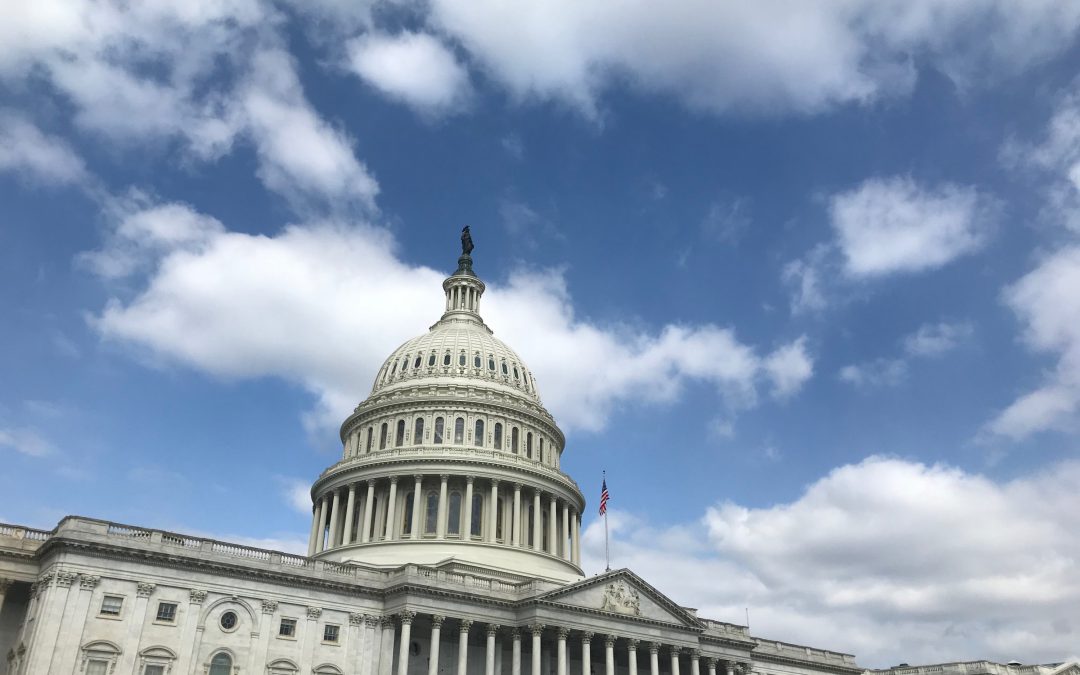WASHINGTON – Investors hurt by more than a decade of low interest rates are searching for higher returns in uncharted areas, leading to a boom in the litigation finance industry, where lawsuits are funded by third parties.
“I think in this market, especially with what’s been happening in recent years with quantitative easing, it’s created a search for yield,” Cindy Chen Delano, a senior legal analyst at investment firm Whitebox Advisors LLC, said recently at a New York event on litigation finance.
The litigation finance market size is now $50 billion to $100 billion, she said, basing it on billings of the largest law firms.
She said that the returns available to litigation funders are more attractive than equity and fixed-income investments.
However, the practice of profiting from lawsuits has been criticized by groups including the U.S. Chamber of Commerce.
Critics say it will lead to more lawsuits in an already litigious society and reduces the payouts victims receive. “Third-party financing leads to more lawsuits, undercuts plaintiffs’ control of a case, and unnecessarily prolongs litigation,” Lisa Rickard, president of the U.S. Chamber Institute for Legal Reform, wrote in a June op-ed published in the Des Moines Register.
The Chamber’s concern stems from the fact that it doesn’t like litigation in general, said Anthony Sebok, a professor at Yeshiva University’s Cardozo School of Law and an expert on litigation finance.
“If you don’t like litigation, you’re not going to like litigation finance,” he said.
The funding of lawsuits by disinterested third parties had been illegal but beginning in the late 1990s the legal barriers began to fall, Sebok said. Historically, there had been a general anxiety towards using litigation as a money-making activity and a belief that courts shouldn’t be open to financial speculation, he said.
Sebok said the legal system should decide whether a claim is valid or not, and litigation funding helps more of those claims get heard.
“There isn’t anything unethical about wanting to make money,” he said.
Third-party litigation financing attracted attention in 2016 after it was revealed that venture capitalist Peter Thiel helped pay for the lawsuit of former pro-wrestler Hulk Hogan against Gawker Media, which forced the company into bankruptcy. Thiel has said he did not consider the case a business venture and didn’t expect to profit.
Burford Capital Ltd. is a publicly traded litigation finance company that was founded in 2009, during the depths of the Great Recession. Law firms were unable to get funding from their usual sources like banks, which created an opportunity, according to John Lazar, a director at the firm, which trades on the London Stock Exchange. In 2017, Burford Capital reported a return on equity of 37%.
Burford invests in cases in which it believes the damages are likely to be 10 times its investment, leaving a sizable amount for the claimant, Lazar said. Prior to investing, the firm analyzes the lawyers involved in a case and tries to assess whether the suit will be successful. About 95% of cases end up being settled out of court, according to Lazar.
One of the firm’s favorite situations to invest is when an initial case funder is unable to commit additional capital and Burford can provide funds to keep the litigation going.
“Those are some of my favorite investments because you get the benefit of years of litigation to usually invest at the last moment at the same terms (as the original funders),” Lazar said. “Whenever those come up we love them.”
Burford currently has $3.3 billion committed to or available for cases. Sebok advises Burford on ethical issues.
Opportunities for retail investors are limited to the stock of Burford and Australia-based IMF Bentham Ltd., the other public litigation finance company which reported a return on equity of 7.6% in its 2017 fiscal year. Most of the money raised comes from institutions and private investors, Sebok said.
Critics of litigation financing have pointed to the ability of funders, like Thiel in Hogan’s lawsuit, to remain anonymous. Republican Sens. Chuck Grassley of Iowa, Thom Tillis of North Carolina and John Cornyn of Texas introduced the Litigation Funding Transparency Act in May, which would require the disclosure of third-party financing agreements in civil lawsuits.
“Third party litigation financing pumps millions of dollars into our justice system, and the current lack of oversight makes it difficult to track this money’s influence on litigation,” Cornyn said in a statement at the time the bill was introduced.
But those in the industry don’t expect greater transparency to change much.
“I think we’ll get to some rule where the names of the funders are disclosed,” said Jim Batson, an investment manager at IMF Bentham. “What people will realize is how many of these cases are being funded.”


